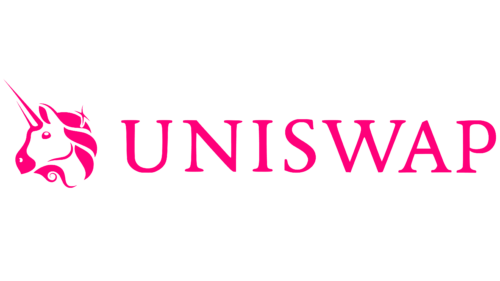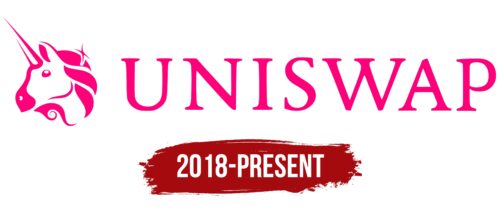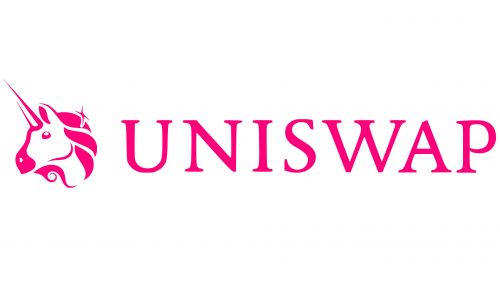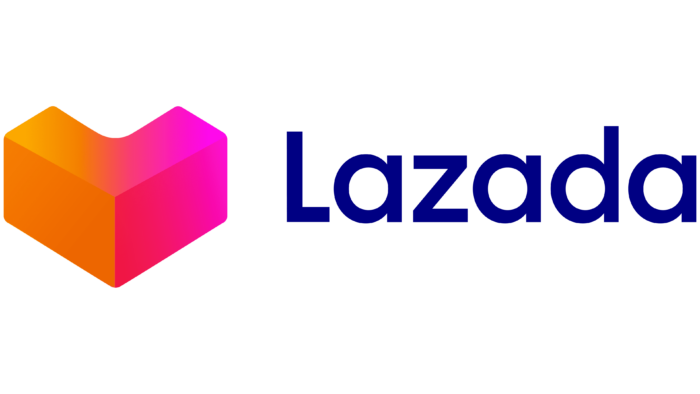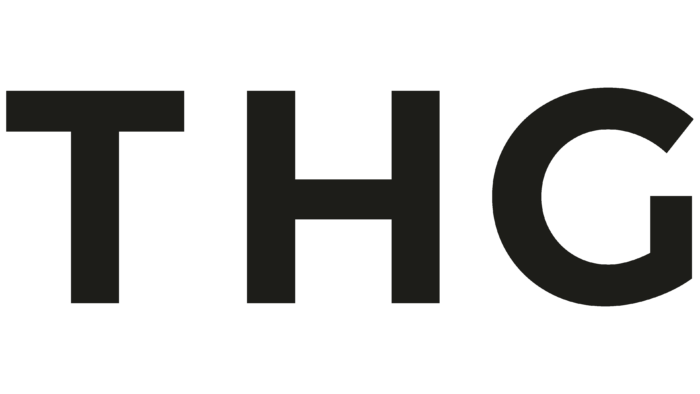The Uniswap logo symbolizes decentralization, innovation, and freedom in financial technology. The emblem’s image of the unicorn conveys the idea of uniqueness and strength, highlighting the platform’s desire to stand out among other cryptocurrency projects.
Uniswap: Brand overview
Uniswap’s story began in 2016 when Hayden Adams, a young mechanical engineer, developed an interest in Bitcoin and blockchain technology. His research into Ethereum and smart contracts inspired Adams to create a decentralized exchange (DEX) that utilized an automated market maker (AMM). This idea took shape at the ETHWaterloo conference 2017, where Adams pitched it to Ethereum co-founder Vitalik Buterin. Impressed by the concept, Buterin helped Adams secure a grant from the Ethereum Foundation, providing the necessary support to bring the idea to life.
Adams spent the remainder of 2017 and the first half of 2018 developing the prototype, overcoming numerous technical challenges, particularly those related to creating a liquid market and an efficient pricing mechanism. The breakthrough came with the “x * y = k” formula, which allowed a system without a centralized order book.
The first version of the decentralized exchange was officially launched on the Ethereum mainnet on November 2, 2018. This initial version enabled users to trade ERC-20 tokens directly through smart contracts, eliminating the need for intermediaries. The unique liquidity provision model and user-friendly interface quickly garnered attention within the cryptocurrency community.
In 2019, the platform began gaining popularity among users and developers, becoming a key component of the DeFi (decentralized finance) ecosystem by providing liquidity for various tokens and new projects. That same year, venture capital firm Paradigm provided additional funding, enabling the team to expand and accelerate the protocol’s development.
The second version was released on May 18, 2020. It brought significant improvements, including a better pricing oracle, direct swaps between ERC-20 tokens, and the ability to create liquidity pools with any token pair. These enhancements significantly increased the platform’s trading volume.
During the “DeFi Summer” of 2020, the exchange played a crucial role in the explosion of decentralized finance. The platform saw record-breaking trading volumes, and the total value locked (TVL) in the protocol reached several billion dollars.
The platform made headlines on September 16, 2020, with the unexpected launch of UNI, its governance token. The “airdrop” of UNI tokens to users created a buzz in the crypto world and marked the beginning of the protocol’s decentralized governance through the DAO (Decentralized Autonomous Organization).
As 2021 progressed, the exchange continued to grow, serving as the foundation for numerous innovative DeFi projects. However, the platform faced challenges, particularly high transaction fees on the Ethereum network, which made it difficult for users to conduct smaller trades.
The third version, released on May 5, 2021, introduced major changes, including concentrated liquidity, which allowed liquidity providers to allocate their resources more effectively, and multiple fee tiers, increasing the protocol’s flexibility. These updates brought the platform’s functionality closer to traditional centralized exchanges.
In the summer of 2021, the platform expanded beyond the Ethereum mainnet, launching on several sidechains and second-layer networks like Optimism, Arbitrum, and Polygon. This expansion reduced transaction costs and improved accessibility for a broader range of users.
Throughout late 2021 and into 2022, the platform continued to enhance its protocol and expand its ecosystem with a growing grant program, new developer tools, and improved documentation supporting innovative projects built on the platform.
The decentralized governance saw significant activity in 2022, with the DAO making key decisions regarding funding for new initiatives and system upgrades. Discussions also took place around potential changes to UNI tokenomics and fee distribution methods.
By early 2023, the platform had become the leading decentralized exchange protocol in the Ethereum ecosystem. The protocol played a vital role in DeFi’s growth, providing essential infrastructure and liquidity for many users and projects.
This journey is a testament to how a simple yet innovative idea, supported by a vibrant community and continuous development, can revolutionize an entire industry. From its humble beginnings as a one-person project, the platform has grown into a cornerstone of decentralized finance, adapting to users’ evolving needs and market challenges.
Meaning and History
What is Uniswap?
Founded in 2018, Uniswap has reimagined how users conduct transactions with ERC-20 tokens on the Ethereum platform. This revolutionary platform was created by Hayden Adams, a mechanical engineer at Siemens. As a decentralized exchange (DEX), Uniswap has quickly gained popularity among similar platforms around the world. Its innovative approach offers traders the ability to exchange tokens securely in a decentralized, trusted environment.
2018 – today
The Uniswap logo is unique, evoking associations with a children’s brand rather than a financial platform. Nonetheless, this bright image attracts attention. A neon-pink unicorn on a white background is an intriguing tool for shock marketing. The mythical creature is outlined and placed within a circle, but its horn extends far beyond the boundary, symbolizing breaking the ordinary and striving for innovation. The exchange’s name is also rendered in neon pink, written in uppercase letters with small but noticeable serifs.
The neon-pink unicorn on the emblem resembles a friendly wink from the brand. The logo seems to embody the brand’s spirit, and its vibrant colors help the company stand out among competitors in the cryptocurrency industry.
